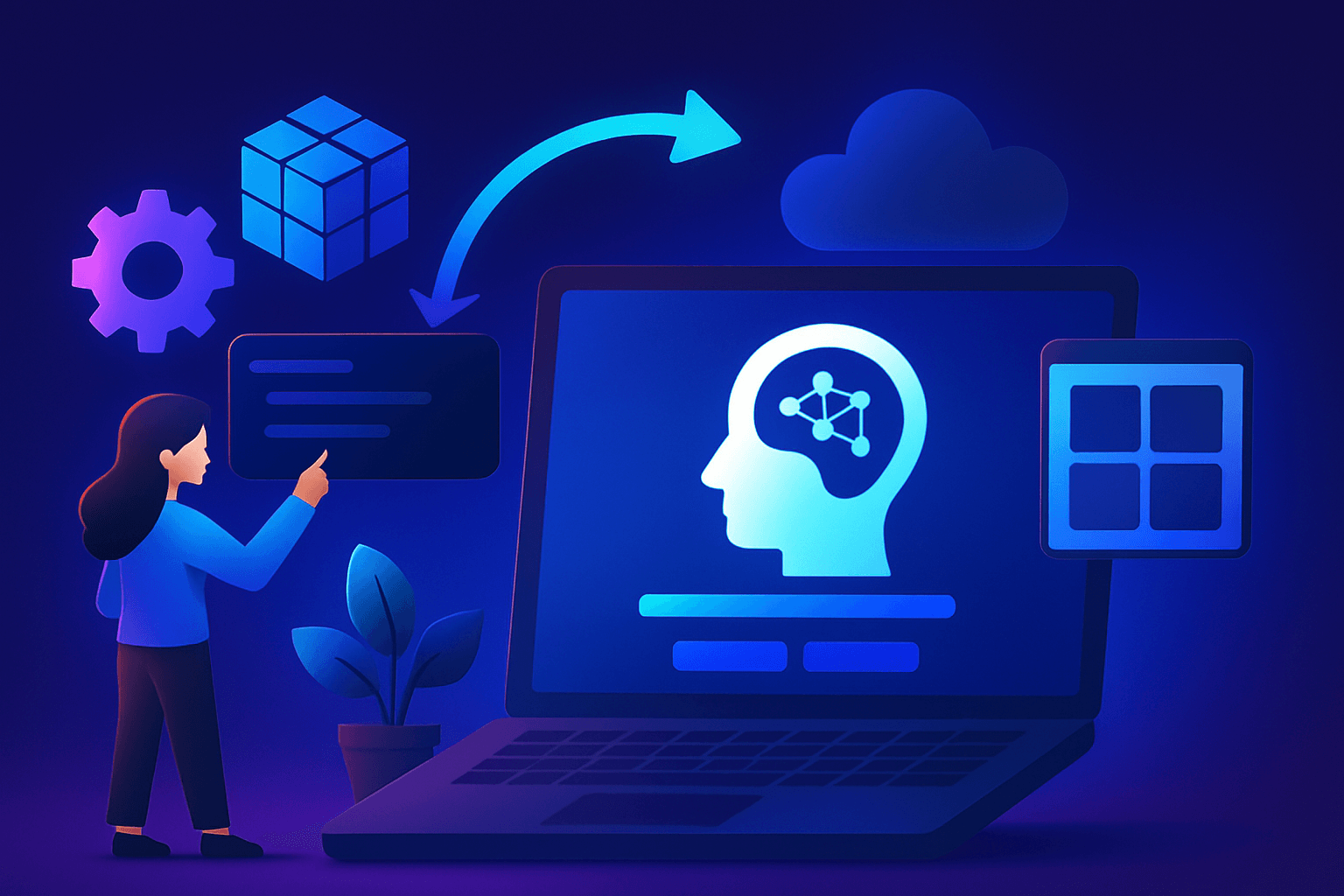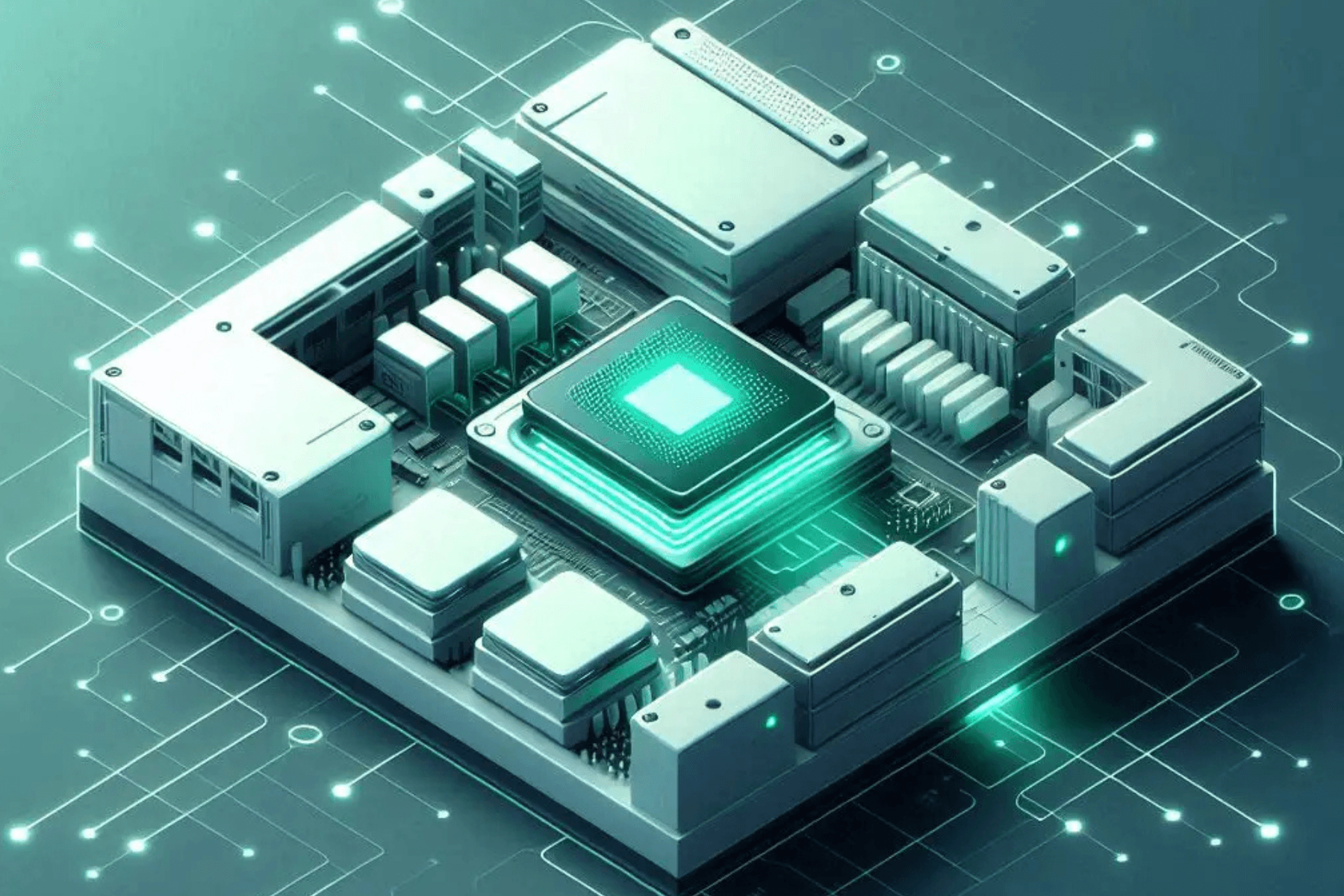Cloud Graphics Processing Unit optimizes advanced, recent technologies such as Artificial Intelligence, Machine Learning, and Deep Learning. It also provides an easy and faster solution to previous problems. These solutions are quick in terms of speed and offer minimum cost. They provide the best way to visualize and analyze specific requirements. On the other hand, the IronYun container, available in the NVIDIA GPU cloud, promises to offer a recognition system. These systems help face recognition and vehicle recognition and ensure a high-level security system.
What is a Cloud GPU?
GPU, known as Cloud Graphics Processing Unit, offers acceleration of the hardware system without requiring embedding a GPU in the user's local device. GPU provides benefits like high speed, flexible price, 3D visualizations, and computation procedures scientifically. Some benefits of cloud GPUs are as follows –
- Time-saving – Saves time for complicated computation and provides a solution quicker. In simple words, it relies on iteration and gets results as soon as possible, boosting performance simultaneously.
- Free resources – Cloud GPUs have free resources, and one can utilize them as much as one can. It is also a key feature of Cloud GPU.
- Offers flexible price – It offers a low price rate in a minimum amount of time. To optimize price value is crucial.
- Can efficiently scale – GPU cloud is ready to add extra workload without disadvantages like increased cost, time, and degradation of performance.
For the benefits mentioned above GPU, clouds have proven beneficial in real life.
What is NVIDIA GPU Cloud?
NVIDIA GPU Cloud is based on a high-performance computing system (HPC) that includes GPU optimized technologies like Artificial Intelligence and Data Analytics. It facilitates end-to-end acceleration and easy flow of data. Some pre-trained AI models and SDKs provided by some industries offer the best solutions that are better and faster than the solutions mentioned previously.
Types of NVIDIA GPU
NVIDIA offers a variety of GPUs like NVIDIA A30, T4, V100, A100, and RTX 8000. They have different types of features for uses mentioned below –
- NVIDIA A100 is considered more technically advanced than the other models of GPUs. It holds the best position in data analytics and offers a computational system at a faster speed. As a result, it is always good to use the NVIDIA A100 in the data science field.
- Compared with the NVIDIA T4, NVIDIA A30 can offer higher speed (at least ten times).
- NVIDIA A100 and NVIDIA V100 are known to be reasonable in data science. NVIDIA V100 is not suitable for some fields offered to gamers.
- RTX 800 NVIDIA provides better results for gaming.
As we can see, different types of GPUs serve different kinds of purposes.
What is a Container in the Cloud?
The container is a package system that includes all items needed to run any software in a particular environment. Containers try to run software in any environment by virtualizing the operating system. As a result, one can run the cloud in a developer's machine. In simple words, containers are centralized applications that help transfer the workflow from one system to another and provide flexibility.
What is IronYun?
IronYun is one of the famous video search software companies that provide objective type video analyses. It is based on advanced technologies like AI, Machine learning, and Deep Learning. Their video searching technology offers Artificial Technology-based video searching solutions that include the following mentioned below –
- Video-based search includes recognition of the face, different types of vehicles, weapons, and at least 50 objects.
- Predictions with a high accuracy rate guarantee 100% accurate positive results.
- Face search and a face recognition system with a real-time solution is one of the best features of this software company.
- Another feature is Licence plate recognition.
- In case any abnormal movement is found, it detects that instantly.
- It provides a real-time alert to a security-based system.
- Tracks different types of vehicles.
We get some basic ideas about the types of work IronYun provides to its users. It is what IronYun container is responsible for GPU clouds. They have a large number of users throughout metropolises and smart cities.
About Us
E2E clouds help to deploy any application in a fast and easy way. It comes with additional benefits like scaling, and it too can be done virtually. Moreover, it offers flexible price rates, high performance, advanced security systems, and productivity to our users. Many startups can rely on the E2E cloud and start from a beginner level. Currently, we hold the 6th largest IAAS platform in India. More than 10000 customers have benefited from our services.









